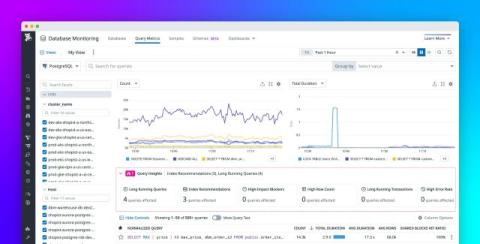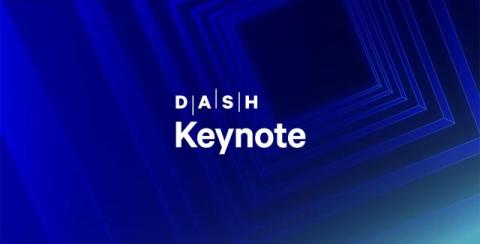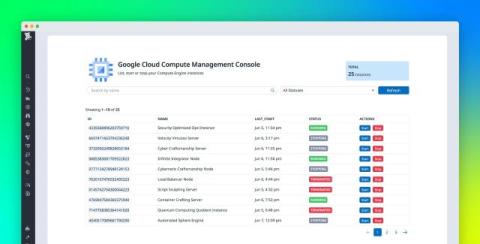Monitor Teleport with Datadog
The Teleport Access Platform delivers on-demand, least-privileged access to infrastructure (for SSH, Kubernetes, RDP, Web, databases, and clouds) on a foundation of cryptographic identity and zero trust, which eliminates the attack surfaces of both shared secrets and standing privileges.


























